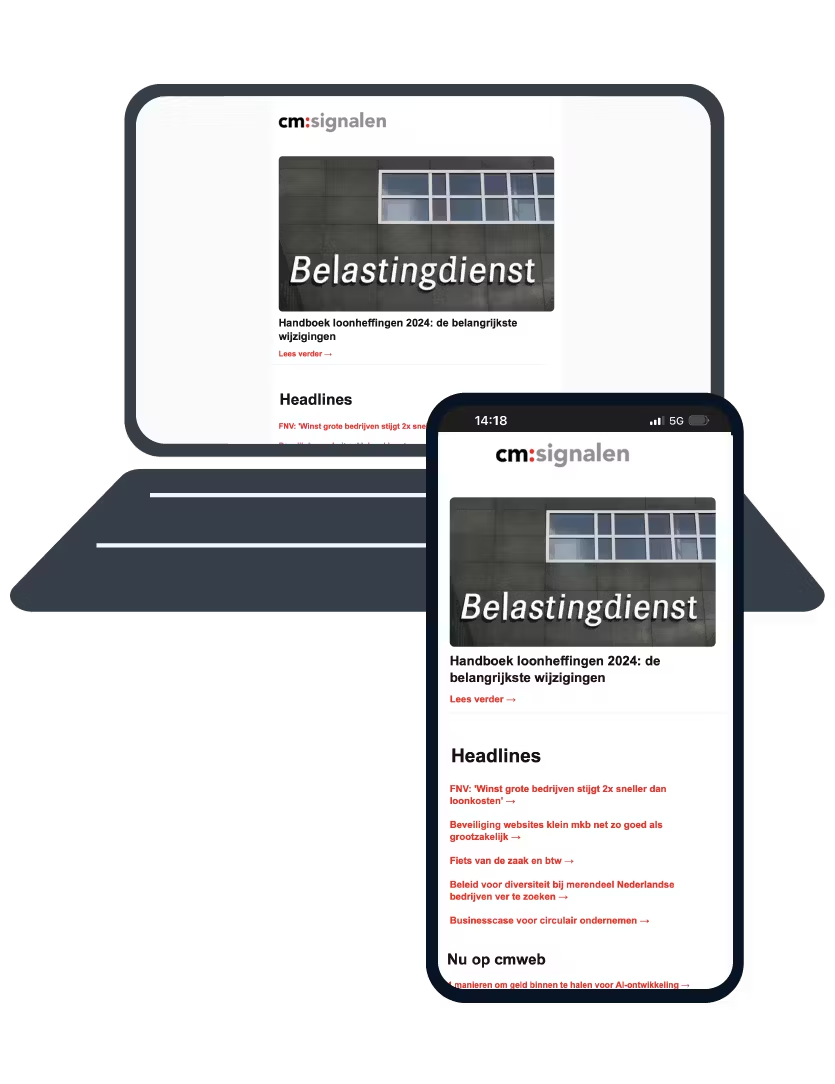Seven ways that high-tech companies can weather the current economic climate while preparing their businesses for the future.
Software companies may have had an easier transition to decentralized workspaces than those in other industries—nearly
30% of all remote jobs listed shortly before the pandemic were in information technology, according to Remoters.net —but the industry still faces significant challenges. Overall,
tech spending fell in the second half of March, and software vendors serving hard-hit industries such as dining, hospitality and travel have had to
lay off employees.
Some austerity is necessary during an economic downturn. On the other hand, the closer a software company is to full staffing, the better it will be able to seize new opportunities as industries adapt to pandemic-related restrictions and the economy begins to recover. This guide highlights seven ways that high-tech companies can weather the current economic climate while preparing their businesses for the future.
Re-evaluate your business model
With fewer supply chain requirements, a greater ability to succeed remotely and a constantly and rapidly evolving marketplace, the software sector tends to be more agile than most. However, even software companies may find it difficult to keep up with the economic effects of the COVID-19 pandemic. As restrictions on economic activity begin to relax, it may be tempting to revert back to the same business model that worked in 2019, and to measure KPIs against the same benchmarks: customer acquisition costs (CAC), days sales outstanding (DSO) and customer churn to name a few.
That’s a risky approach. It is unlikely that
any sector will return to its pre-pandemic form, and software companies that fail to adapt now face the prospect of preparing for the wrong sort of recovery.
Be prepared to shift toward emerging opportunities. The restaurant industry, for example, may have been savaged by the pandemic, but food delivery has become a critical service, and may well remain relevant even after the economy has recovered. Manufacturers and distributors that haven’t had direct relationships with customers suddenly see a new path here, and ecommerce and other software-driven solutions will be critical in making that kind of business model change. As always, your customers themselves are invaluable guides to what you’re doing well, what needs work and what should be shelved.
Finally, consider ways that you can help relief efforts, even those not directly tied to commercial interests. Your reputation and your net promoter score (NPS) will benefit, and your development team may benefit greatly from a new type of challenge. Software companies reliant on a hard-hit industry, like travel, could consider shifting their focus towards helping out those in need. For example, with travel at a near standstill, software company Clear
adjusted by helping businesses screen their employees for COVID-19 before going back to work.
Check your financial health
Software companies, like most others, must take steps now to build and preserve adequate cash runways. Familiar measures still apply: continue to manage cash flow, maximize terms in your favor in receivables and payables; rein in spending with hiring freezes and defer fixed-asset purchases. Suspending agreements with contract employees and consultants can also help.
To home in even more, running an aging accounts receivable report before making any major organizational decisions will help prepare for the unexpected. Even if it doesn’t seem like it, companies are in panic mode and with that comes delayed payments; these reports categorize accounts based on how long invoices have been outstanding and can shed light on your true cash position.
Software companies that rely on private equity (PE) or venture capital (VC) should be prepared to answer some tough questions about current and forecasted financial outlook. While it’s too early to say whether VC and PE firms will scale back the funding that so many software companies rely on, many will take a closer look at their investments and seek out additional, in-depth reporting to understand what’s going on with their portfolio companies.
VC- and PE-backed businesses should have reports that break down annual recurring revenue (ARR) by customer category and other targeted KPIs. Firms should have a plan if large portions of their ARR come from segments profoundly affected by the virus.
Organizations that have lending agreements with covenants from banks or other lenders need to shore up their reporting, as well. Covenants are rules that lenders put on loan agreements with borrowers, and in the software space they may include specific requirements around annual generally accepted accounting principles (GAAP) revenue and ARR. If those are not met, the lender could void financing immediately, so some businesses would need to seek outside funding.
Establish health and safety protocols
The software space has the luxury of functioning fully remote more effectively than other industries, but office buildings will re-open eventually. Expect to implement a new seating system with open desks in-between employees, with sanitization stations readily available. Additionally, new concerns have arisen around issues surrounding stagnant plumbing in buildings that have been left vacant. The CDC provides a list of EPA-approved COVID-19 disinfectants and a detailed guide for cleaning and disinfecting facilities.
Many software companies rely on a services wing to help with implementation, support and upgrades and to drive additional revenue. Much of this work can still be handled remotely, but software companies will need to establish clear protocols and a timeline for engaging with customers in person and clearly communicate them once in place. User groups or customer advisory boards are useful places to test out ideas and gather feedback.
Plan for multiple scenarios
It’s never been truer that the best plan is to hope for the best and plan for the worst. Your financial team should revise its forecast to prepare for multiple worst-case scenarios, including a year-long climb back to 2019 revenue levels, sustained revenue shortfalls into 2021, and accelerating revenue declines throughout 2020.
B2B software companies should base their projections on an analysis of the industries they serve. In some cases, those analyses will be largely grim. On the other hand, ecommerce has seen a substantial lift in certain product categories. Data from NetSuite customers shows wholesale distributors saw online orders grow by 45-75% year-over-year in April, while online sales for retailers more than doubled during certain weeks in April (led by food and household goods brands).
Apparel/footwear/accessories and advertising/media/publishing businesses saw an initial drop in ecommerce revenue but started to recover in the second half of April.
Worst-case scenarios—which may assume no incoming revenue and fixed costs—could follow V-shaped, U-shaped and Canoe-shaped recovery graphs. Modeling can illustrate how these possible scenarios would affect cash flow, solvency and liquidity, giving leadership the data it needs to plan for each situation. Executives also need to determine what information will indicate the business is moving from one scenario to a different one.
Each scenario should include a list of action items to be taken at regular intervals, including the ramifications of each. For example, reducing headcount can reduce overhead, but it also leaves companies less capable of generating revenue.
Revisit your pricing, payments and packaging
Unless your company is exclusively devoted to supporting online retail for the right industries, your cash flow has taken a hit. Software companies’ ability to
stabilize cash flow over the next few months may be the key to building their client bases when a broad economic recovery takes hold.
It may be tempting simply to reduce your prices, but dramatic price cuts can send the wrong message, especially in hypercompetitive software markets. Instead, consider emphasizing the value you deliver to customers. If lowering your prices increases the value of your products and services while increasing your cash flow, that’s great. But it’s not the only way to show your customers that you offer the best bang for the buck.
Consider offering themed bundles as a way of spreading out the cost of any discounts and increasing gross revenue. Be prepared to offer more flexible payment terms than in the past, even if that means a short-term reduction in revenues. Offering installment financing or even a full-fledged subscription model may reduce your immediate revenue, but you’ll see payment eventually while encouraging new customers to think of themselves as long-term clients.
For the smaller software company, it’s never been a better time to adopt a
Product Led Growth approach. This strategy is all about direct end-user adoption without added layers of marketing and sales. Simply put, PLG keeps cash burn low on expensive marketing campaigns by demonstrating potential ROI at a much earlier stage in the sales process. It’s all about customer connections and once users start to depend on the product, you’re already three steps ahead of the competition.
Focus on customer retention, then acquisition
In a normal economy, customer retention is critical to your company’s overall performance. After all, it costs many times less to retain a customer than to acquire a new one. In a recovering economy, any software company’s return to strength will likely be based on the steady cash flow represented by its standing clientele. If your company has resisted the urge to ply existing customers with loyalty programs, that’s probably a good thing. But you may want to consider adding a targeted, low-overhead incentive or two just to be sure. Not everything is based on incentives, either; if your customer list is a defined one, talk to them—all of them if you can, asking how they’re business is doing and what pain points they’re experiencing.
Acquiring new software customers can be especially tricky in a troubled economy, but a lean and focused marketing strategy can be the key to making the most of a recovery. Identify industries and market segments that have proven to be the most resilient overall and revise all messaging and marketing channels to reflect the times we’re in and the value your company conveys to its customers. Guerilla marketing strategies can pay off impressively at times like these, even for established companies, particularly in channels that may not have been highly prioritized in the past such as thought leadership webinars, virtual happy hours, and dynamic advertising on LinkedIn to showcase both product features and what the company message is during this time.
Realign your organization, repeat
As your company addresses the topics we’ve covered here, don’t forget that each of them represents a host of changes, big and small, to the way that your company does business and the ways your employees do their jobs. Even when planning for multiple contingencies and drafting plans to deal with multiple scenarios, it is crucial that your organization maintain its internal alignment and present a unified face to its customers.
Regular internal communication, including free-form Q&A sessions involving employees from the whole enterprise, can go a remarkable way toward maintaining a strong workplace culture and inspiring employees to embrace the new challenges posed by the pandemic and the economic recovery from its effects.
The Great Recession of 2008 gave birth to Uber, Venmo, Airbnb and Groupon. The current pandemic holds similar opportunities for software companies that find creative, flexible ways to keep the lights on while preparing to seize the opportunities that will emerge in a post-pandemic economy.
Dit artikel is gesponsord door NetSuite. Het is geschreven door Anthony Stames, marketinglead Software Industry bij Oracle NetSuite.






 Gesponsord
Gesponsord Gesponsord
Gesponsord Gesponsord
Gesponsord
 Gesponsord
Gesponsord Gesponsord
Gesponsord Gesponsord
Gesponsord Gesponsord
Gesponsord Gesponsord
Gesponsord Gesponsord
Gesponsord

